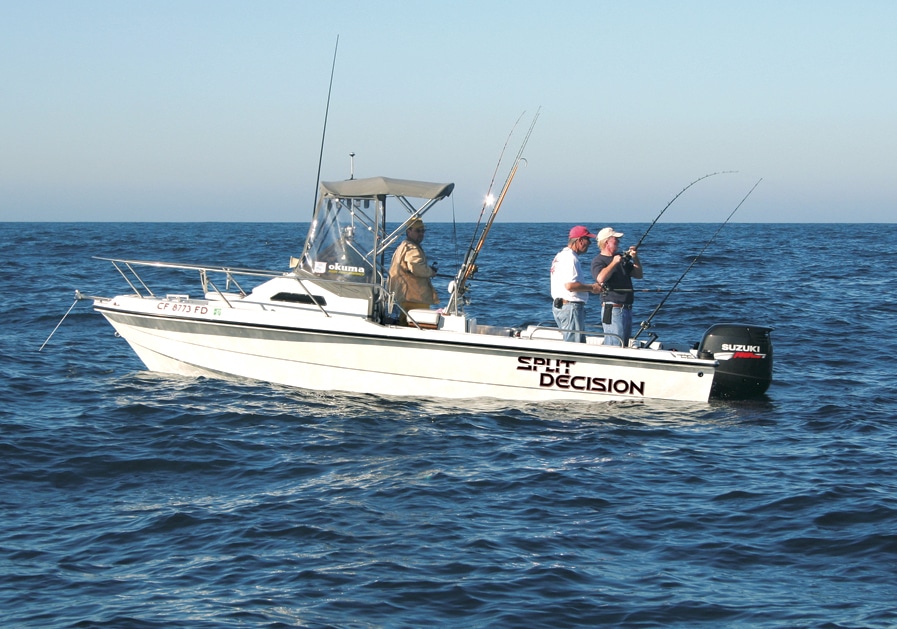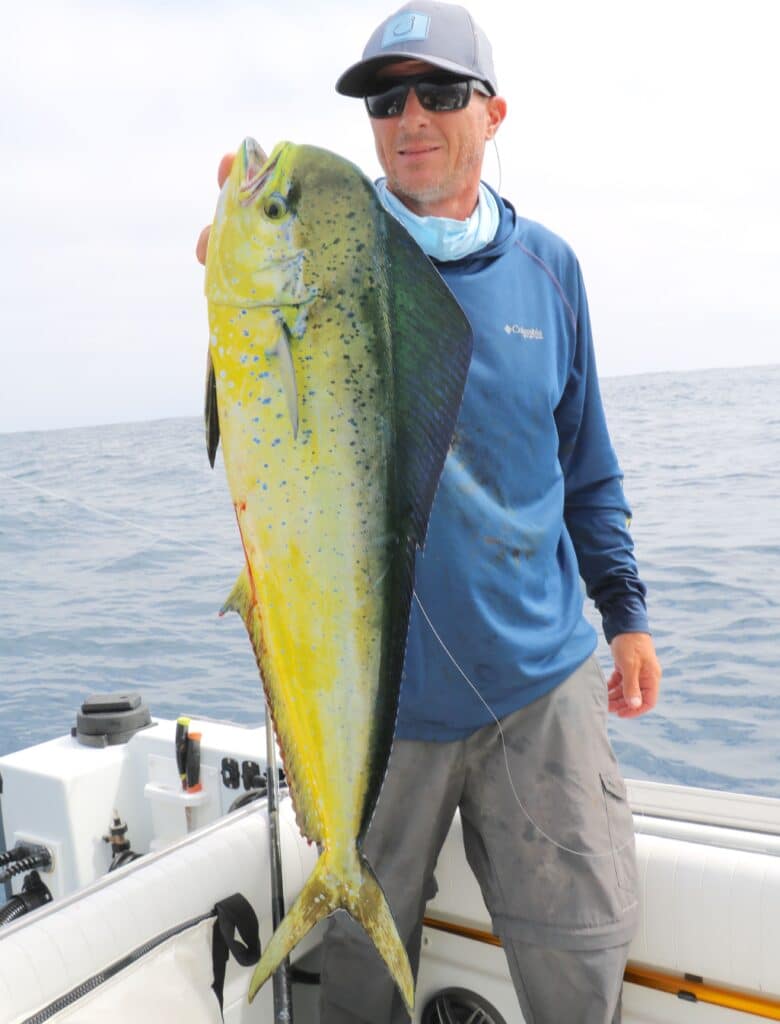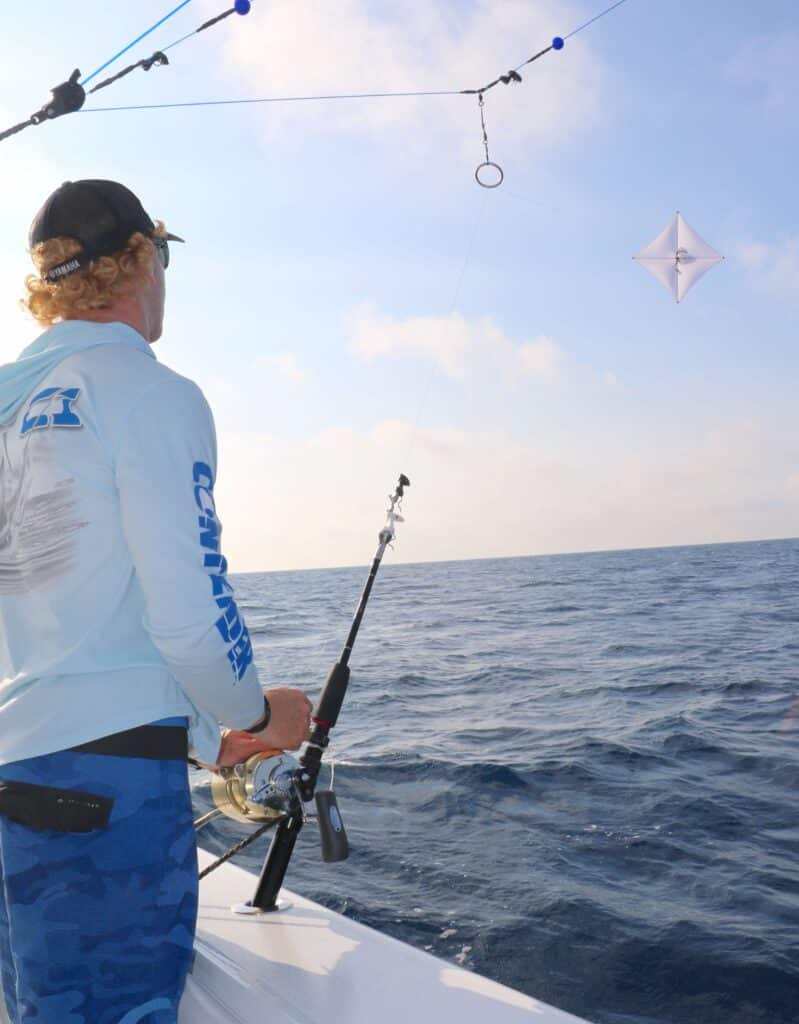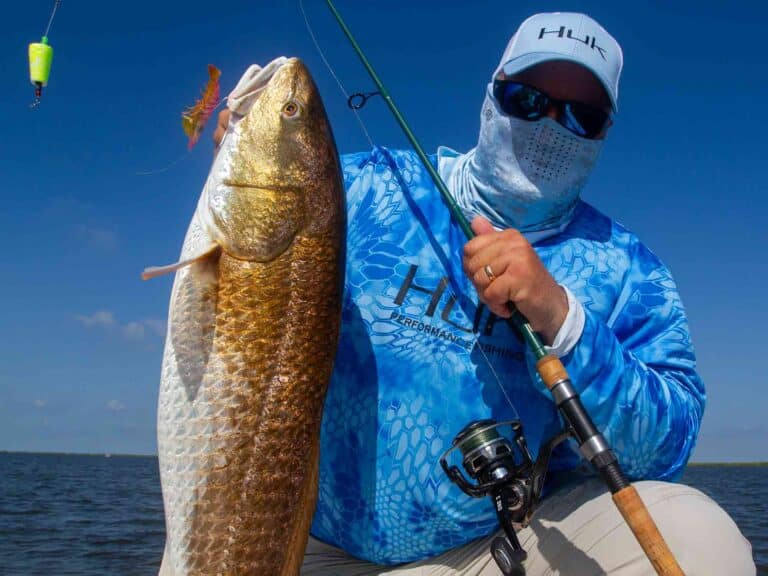
Linking the words saving money and fishing is a concept many spouses have a hard time understanding, like when you futilely try to point out how much money you “saved” at the Bass Pro Shops sale while they, annoyingly, obsess about the large number at the bottom of the receipt.
Here’s the thing about avid anglers: We are going fishing no matter what, even if it means the kids’ college choices will be narrowed down to clown or barber school. But there are ways of saving money that don’t involve selling your boat that might create enough financial freeboard for the kids to at least attend community college.
How to Save Gas
The best way to spend less on gas is to turn the ignition key to the 12 o’clock position (aka “Off”). Simple, right? Well not only does shutting off the engine save money, but it can lead to stealthier, more efficient ways of fishing.
On the other hand, running and gunning while hunting for fish can be like a kid swatting at a piñata with a bat: There’s often lots of swinging and missing before connecting. A technique I like to use when fishing in new area is to find a fishy-looking creek that has good tidal flow, anchor at the up-current mouth and toss out a chum bag followed by a piece of cut bait on a flat jig heavy enough to keep it on the bottom. Then, I grab a sandwich and wait for the action to start. This is also a great technique to use when you have kids fishing with you.
Offshore Chumming

When trolling offshore weed lines for mahi, if you have twin or more engines, shut down all but one, making sure to alternate engines to keep the engine hours the same. When you finally hook a fish, shut down completely, toss out a chum bag and have a goodly supply of cut bait ready to slowly parcel out. While keeping just one hooked mahi on the line can keep the whole damn school swimming around transom, this method keeps them around far longer. It also works to raise fish when trolling past a nice patch of sargassum weed doesn’t produce an initial hit.
Drift Away
Drift fishing works well when there’s a vast area of likely fishing spots like small, rocky patch reefs or large swaths of seagrass. Drifting covers lots of ground and is silent unless your brother-in-law is aboard and banging hatches. If the water’s deep, you can drop a soft plastic jig or live bait straight down. In shallow areas, toss out a popping cork with live bait underneath. If you catch a fish, hit the Man Overboard button on your chart plotter and use the trolling motor to head back to that spot when the bite slows. It’s not a bad idea to become familiar with the MOB feature in case of an emergency.
More Money-Savers

- Instead of replacing expensive braided line, recycle your old braid by winding it on another reel with the used section first spooling on first, leaving the fresh unused braid to fish with.
- If using pricey fluorocarbon line, first fill the spool halfway with cheaper monofilament line.
- Replace damaged hooks on lures instead of buying new lures (this a good time to swap that treble with a single hook).
- Catch your own bait. Many people buy bait because it’s easy and they want to start fishing right away. But learning to toss a cast net is a fishy challenge of its own and is always rewarding when you fill the livewell.
- Keep a journal that details the place, conditions, moon phase, and tide when you catch a fish. It will make you a better, more efficient angler who doesn’t have to run around aimlessly to find fish.
- Take a kayak along to fish shallow areas your bigger boat can’t navigate.
- Try likely places on the way to your usual fishing grounds. I used to head 40 miles offshore on the west coast of Florida to fish for grouper in 40 feet of water until I fished with a guide who routinely catches gag grouper and jumbo mangrove snapper in only 15 feet of water going less than half the distance I used to run.









